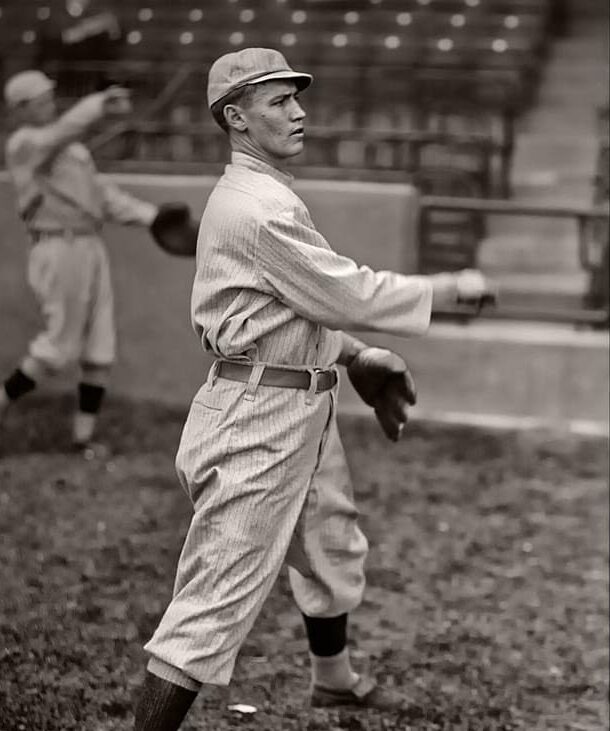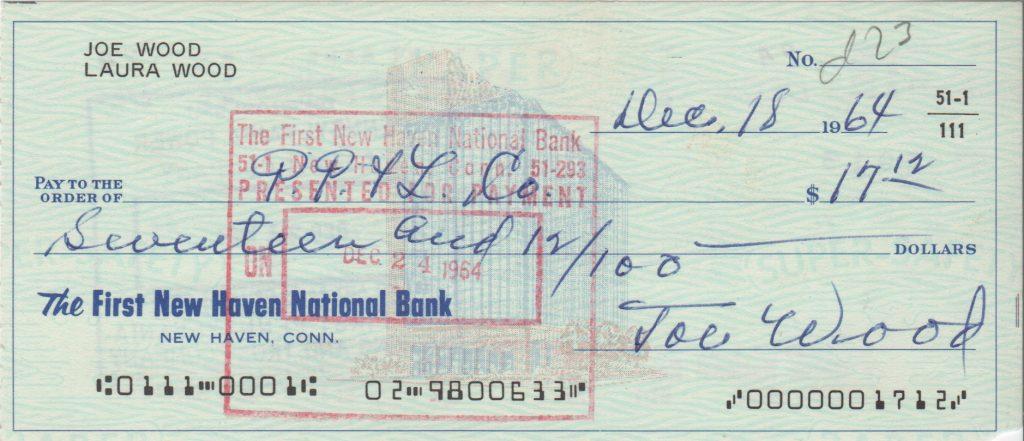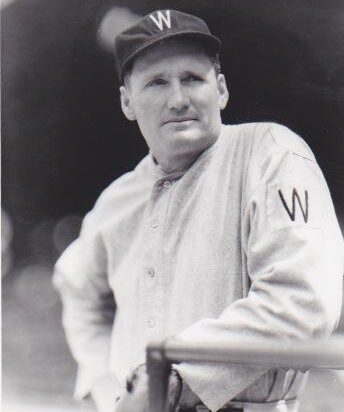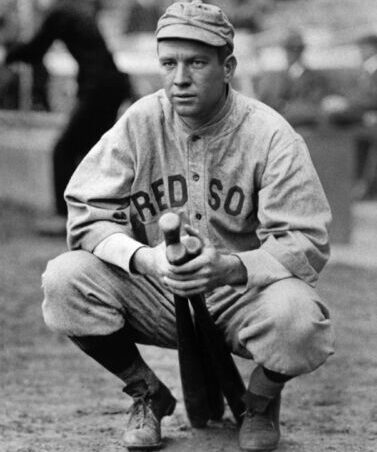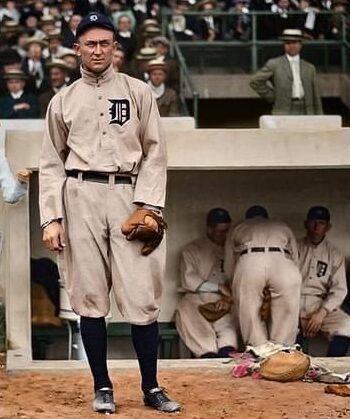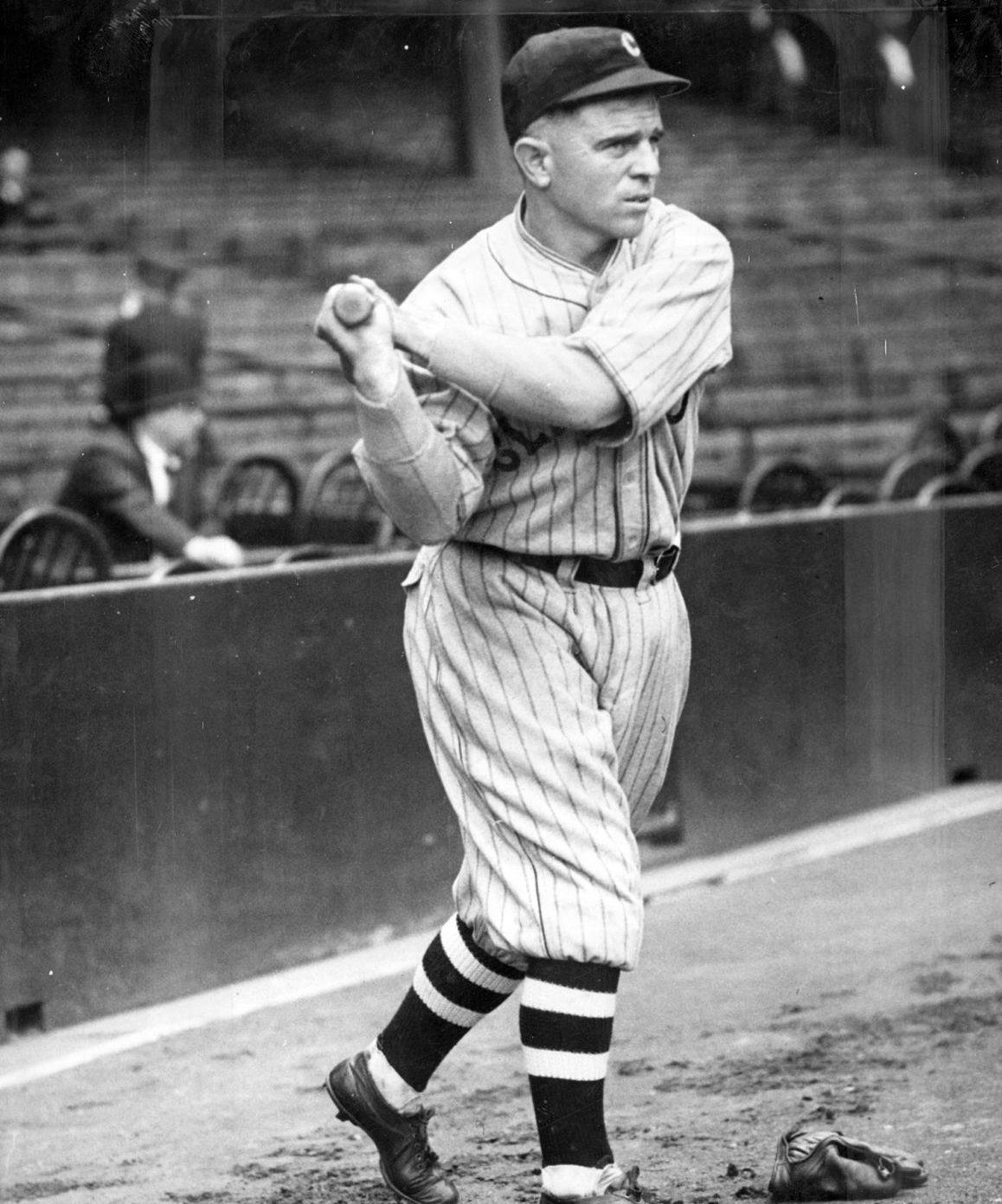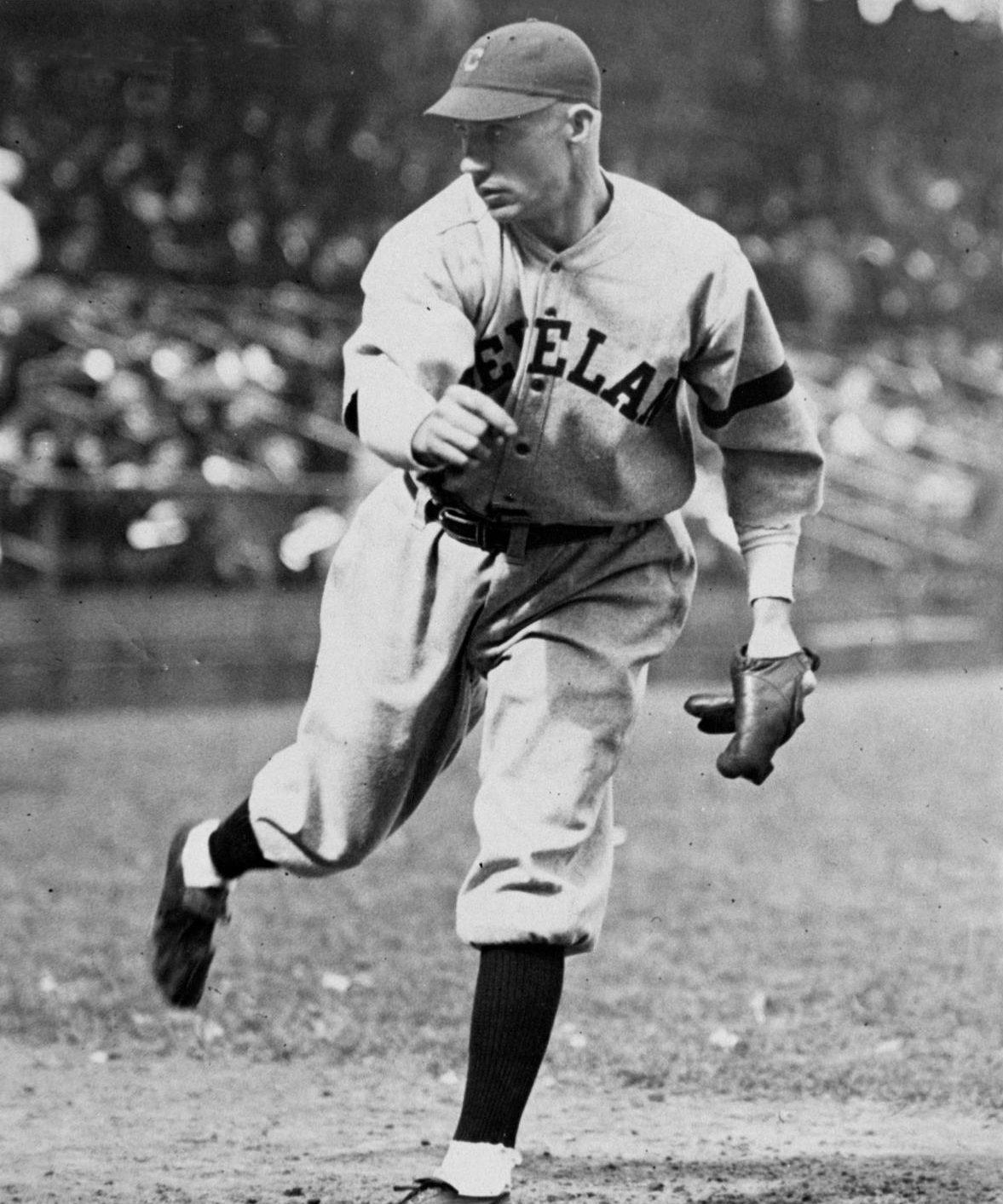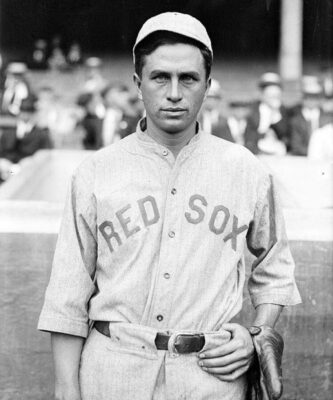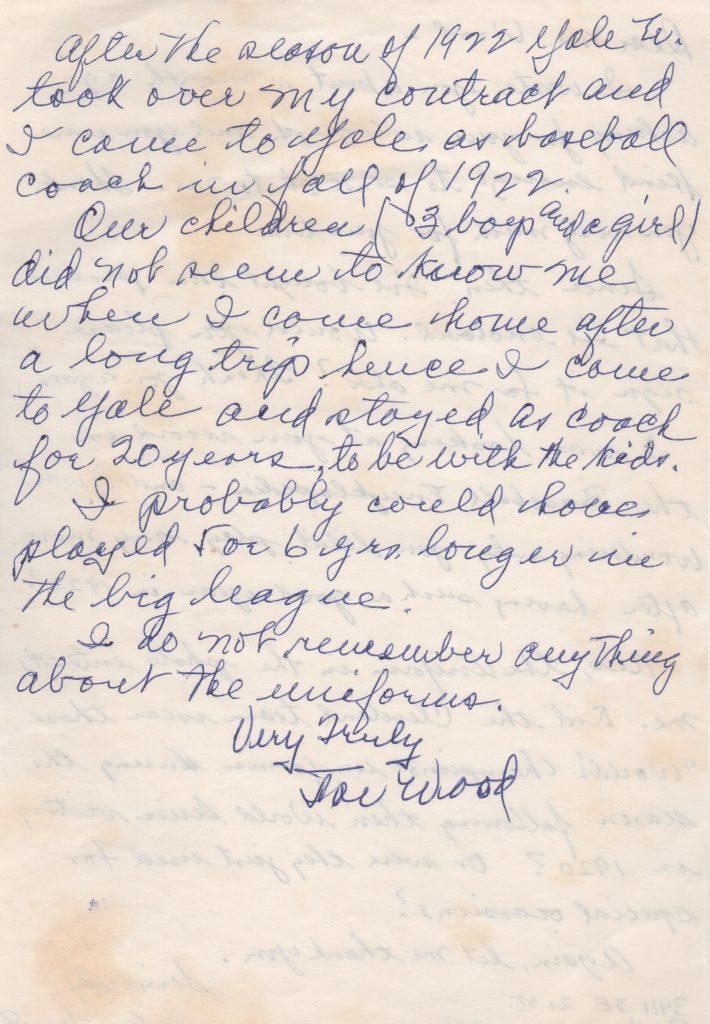
A 14-year Major League veteran, Smoky Joe Wood played for the Red Sox from 1908-1915 as a pitcher and for the Indians from 1917-1922 as an outfielder. Along the way he established a case for the Hall of Fame.
His 1912 season stands the test of time. Wood’s 34 wins, .872 winning percentage, 35 complete games and 10 shutouts were the most in the big leagues. His 1.91 ERA and 258 strikeouts were second only to Hall of Fame hurler Walter Johnson.
Wood’s performance helped the Red Sox capture the AL pennant. In the World Series, Wood won three of Boston’s four games to earn his first ring.
Wood soon faced injury problems. In mid-July 1913 he slipped and broke his thumb while fielding Tiger outfielder Bobby Veach‘s ground ball. His season ended.
Just before he was scheduled to leave for spring training in 1914, Wood got appendicitis and needed surgery. He came back to pitch that season and finished 10-6 with a 2.62 ERA.
In 1915 Wood went 15-5 with a league-leading 1.49 ERA. Near the end of the season, Wood injured his shoulder in a game against the Senators. His pitching career was all but over.
Wood reinvented himself as an outfielder in Cleveland in 1918. He hit .298 with a .376 on-base percentage and a OPS+ of 116 over the next five seasons with the Indians. He helped the Tribe win the 1920 Fall Classic to earn his second ring.
Wood retired after the ’23 season and became the head baseball coach at Yale University. He stayed in New Haven for 20 years and raised his children with his wife.
In the letter shown above, Wood writes about ending his playing career for the sake of his kids. “Our children…did not seem to know me when I came home after a long trip hence I came to Yale and stayed as coach for 20 years, to be with the kids.”
